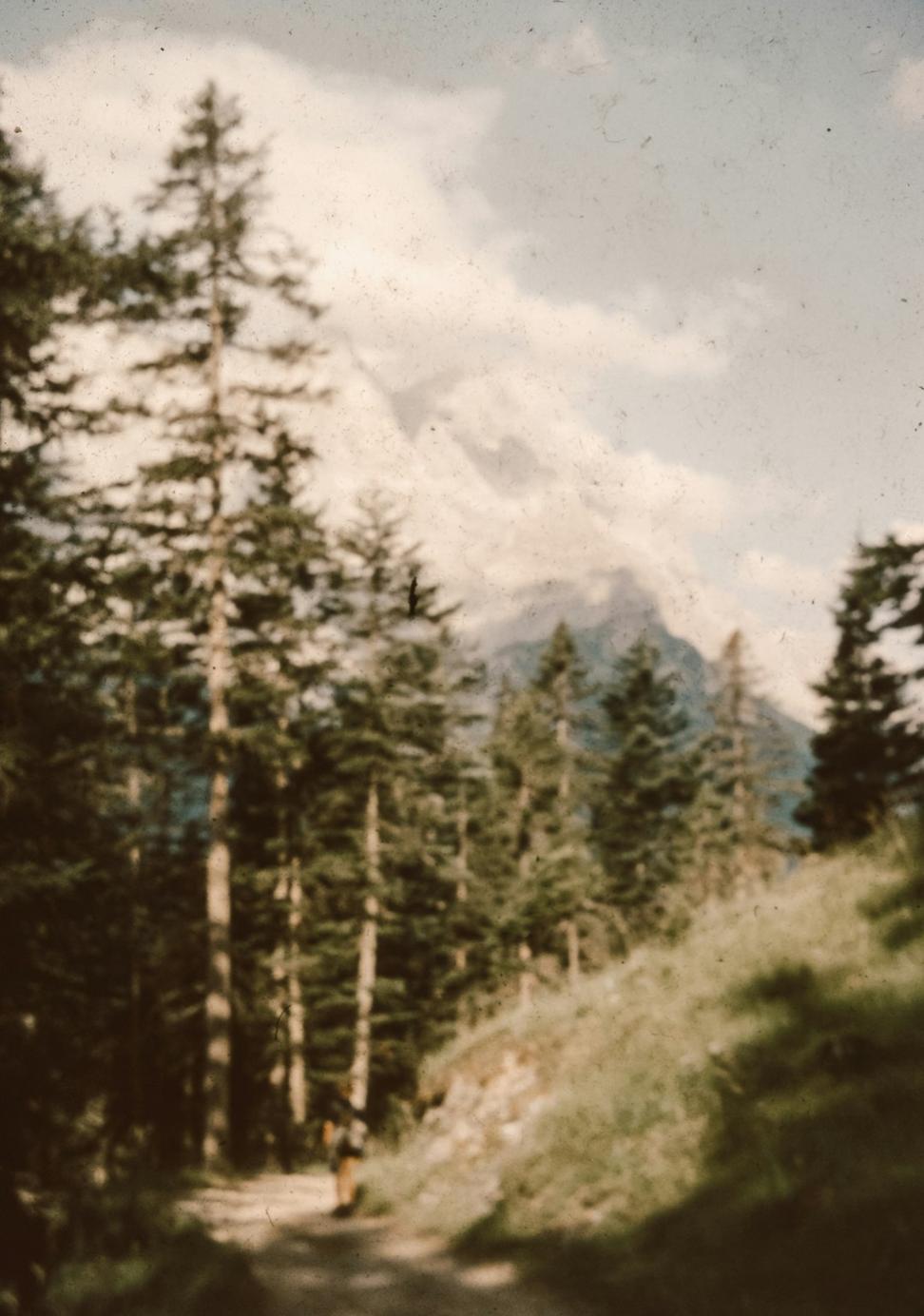
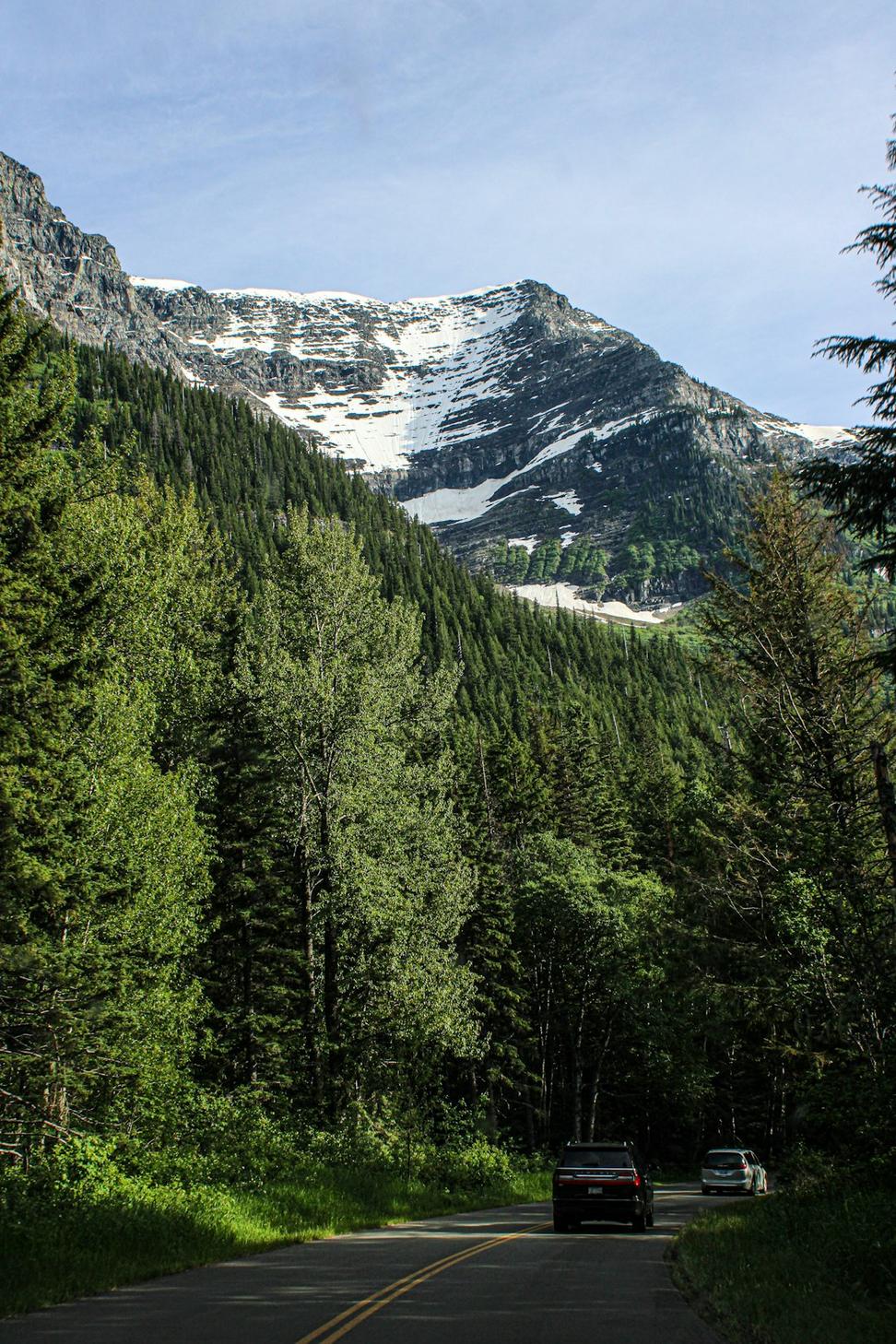
Whistler Ridge Eco-Lodge
This one was a beast. Client wanted something that'd blend into the ridge without looking like we were trying too hard. Spent three months just studying how the light hits those peaks throughout the day. The whole structure basically hugs the natural contour - we didn't level anything, just worked with what was there.
Had to helicopter most materials in during a two-week window before snow hit. The foundation work alone took longer than expected 'cause we kept finding bear dens and had to reroute. Worth it though - now guests wake up to elk passing by their windows like it's no big deal.
Timeline
- Planning: 4 months
- Site prep: 6 weeks
- Build: 8 months
- Integration: 10 weeks
- Total: 18 months
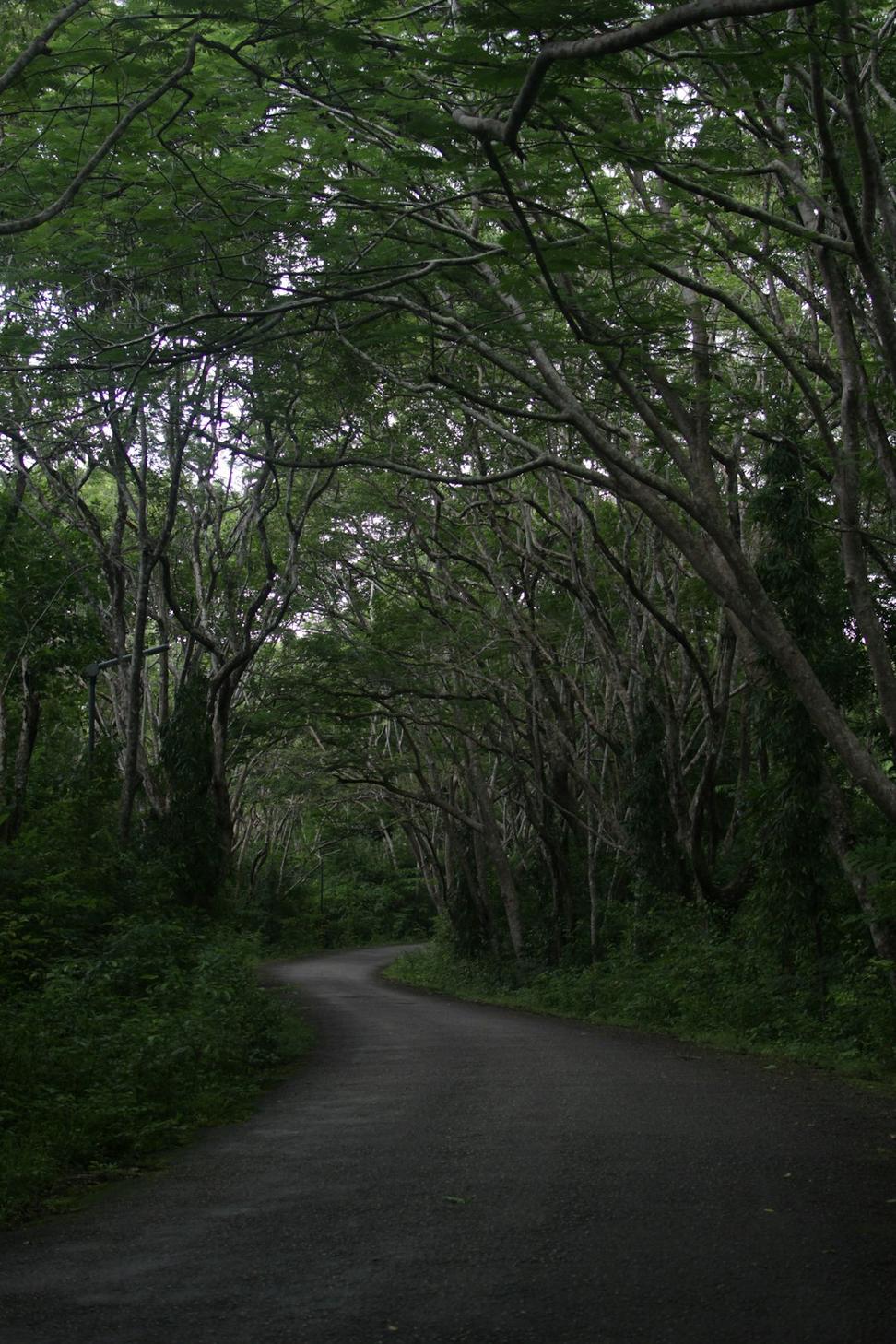
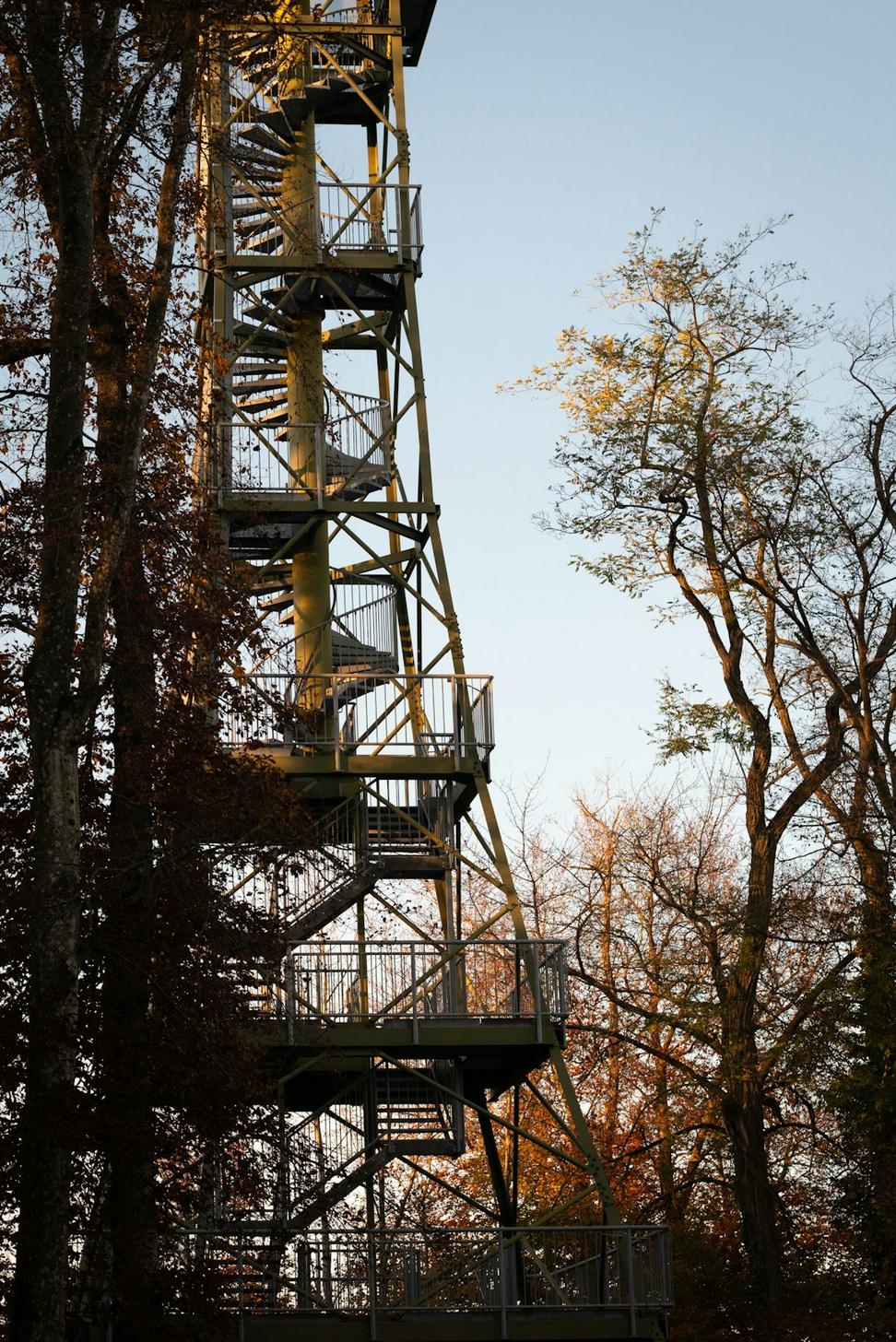
Tofino Wildlife Observatory Network
So this started as "just" a viewing platform and ended up being five interconnected structures spanning 2km of coastline. The client - a conservation group - wanted something where researchers could watch gray whale migration without disturbing 'em. Simple enough, right? Nope.
Turns out we were building right in the middle of a major bird nesting area. Had to completely redesign the access points three times, bring in an ornithologist to sign off on everything, and time construction around breeding seasons. The platform's now used by schools, researchers, and tourists - probably our most-photographed project, which is kinda funny 'cause the whole point was to be invisible.
Timeline
- Research: 3 months
- Permits: 5 months
- Build: 6 months
- Trail work: 8 weeks
- Total: 16 months
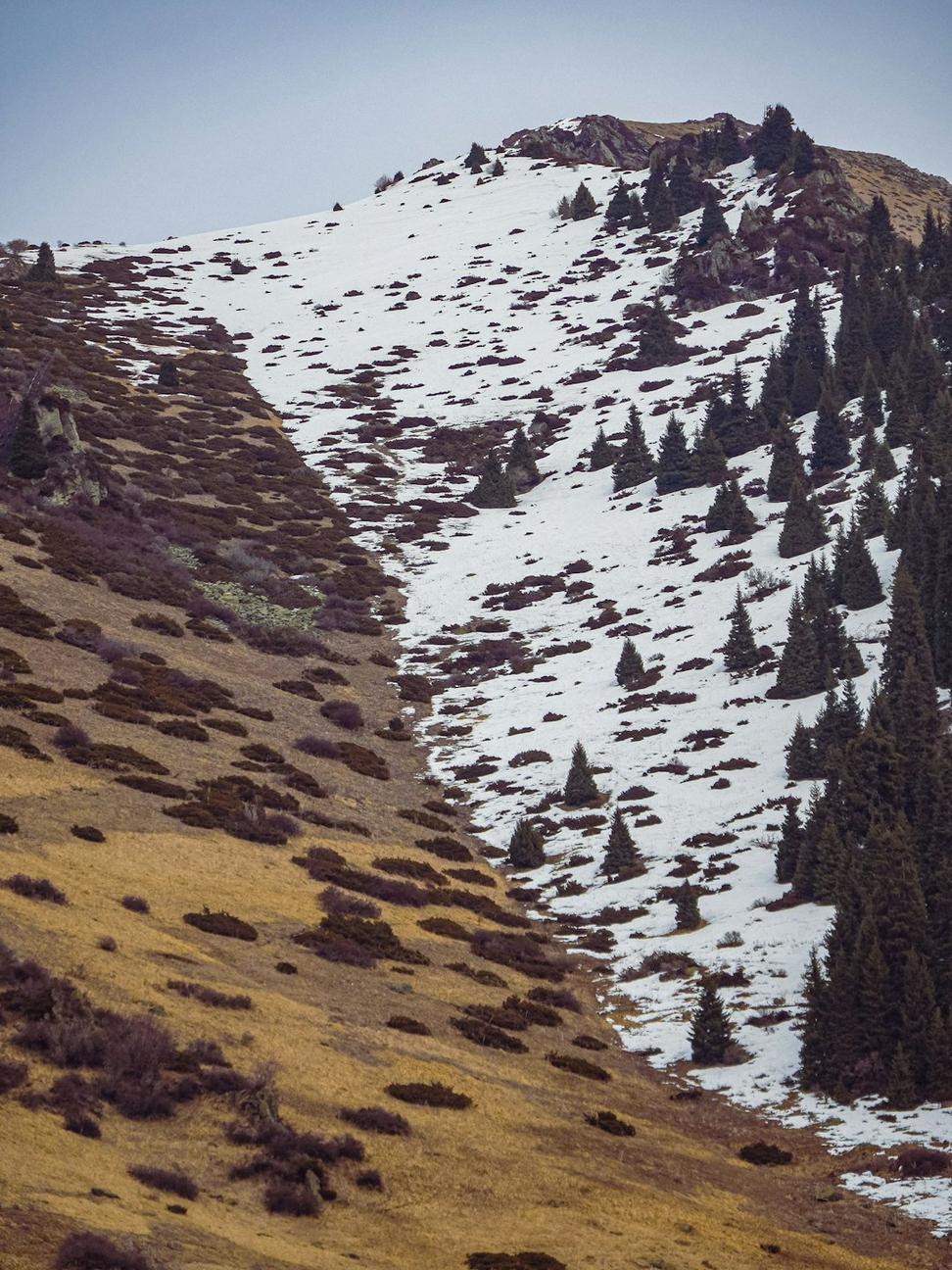
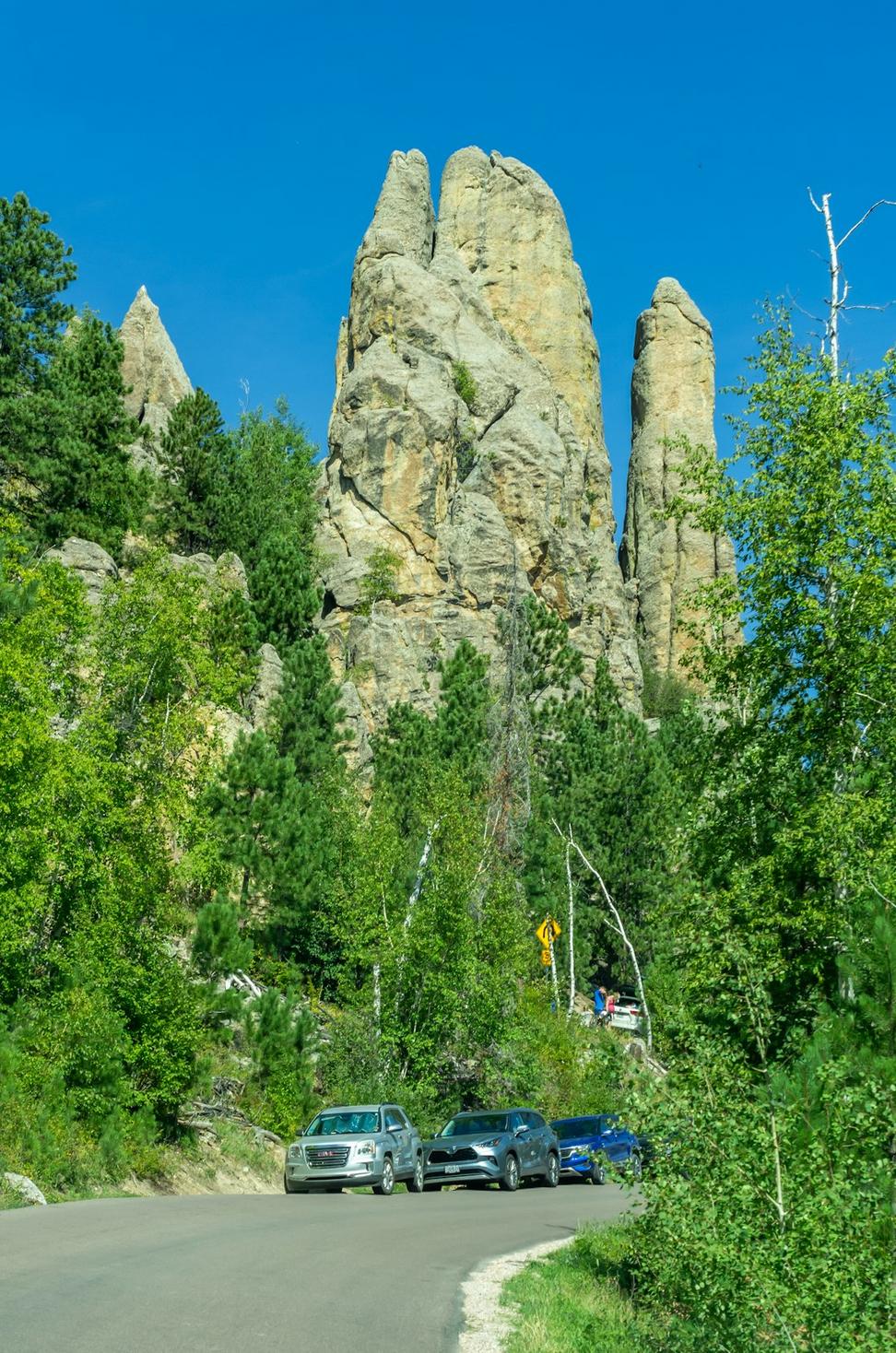
Kootenay Alpine Adventure Hub
High-altitude builds are always interesting - and by interesting I mean occasionally terrifying. This one's at 1,800m elevation, where weather changes every twenty minutes and your tools don't work quite right 'cause of the altitude. Client wanted a full adventure park with ziplines, climbing walls, and a central lodge that could handle 200 people.
The whole structure had to withstand serious snow loads in winter and basically disappear into the landscape. We used a lot of earth-sheltering techniques, buried half the lodge into the hillside, and designed the roof to work as ski terrain. Kids now literally ski over the gift shop and don't even realize there's a building there. My favorite detail? The climbing walls are made from local rock faces we documented and replicated - same holds, same challenges, but without impacting the actual cliffs.
Timeline
- Planning: 5 months
- Foundation: 3 months
- Build: 11 months
- Safety testing: 6 weeks
- Total: 22 months
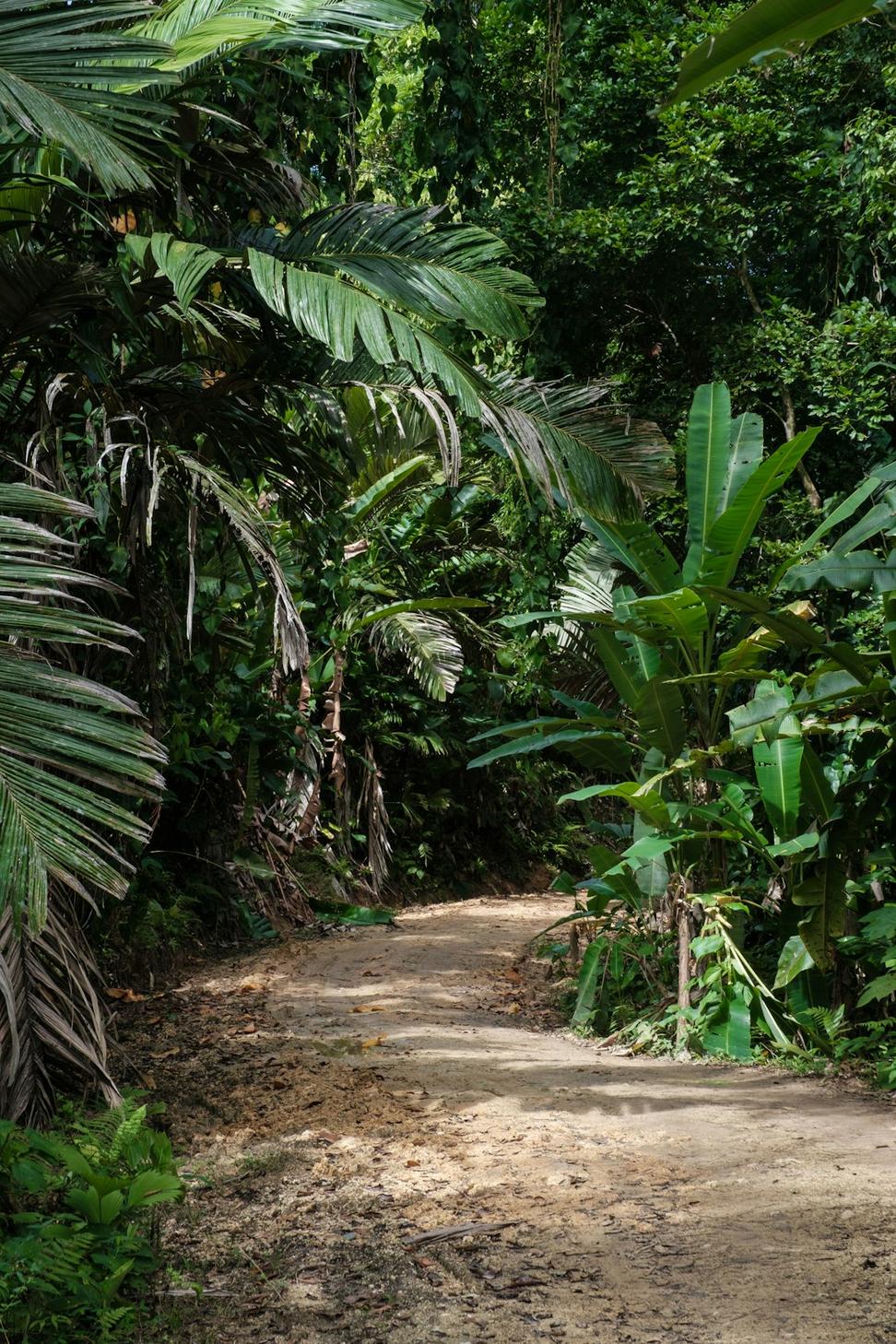
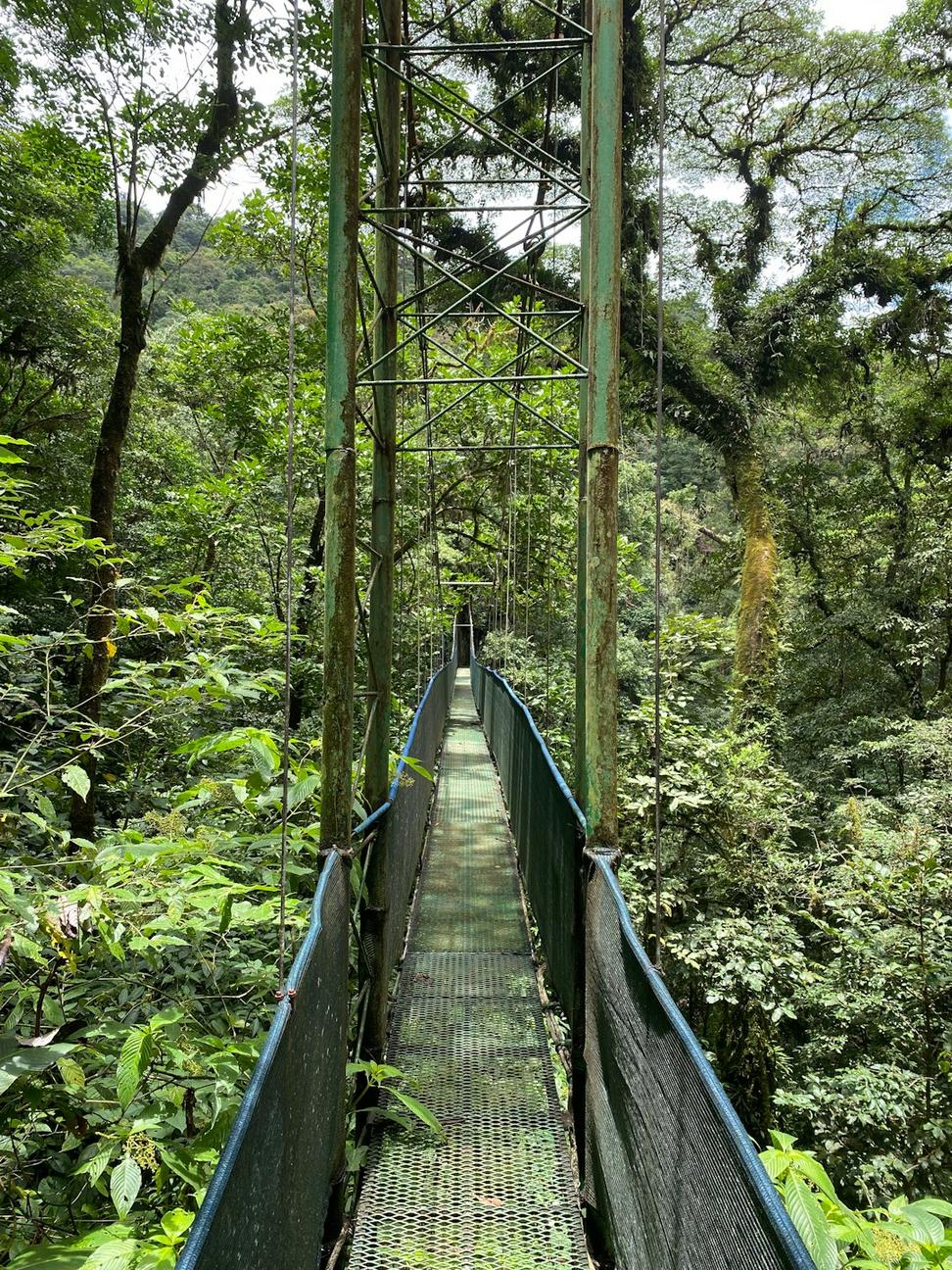
Squamish Forest Trail System
Trail infrastructure doesn't sound sexy but man, when you get it right, it's magic. This rainforest was getting hammered by foot traffic - roots exposed, erosion everywhere, basically turning into mud highways. Parks department called us in to fix it without making it look "fixed."
Built 12km of elevated boardwalks using dead-standing cedar we sourced from the same forest. Every section's designed to let water flow naturally underneath, and we incorporated rest spots that double as wildlife viewing areas. The trick was making people feel like they're walking through untouched forest while actually protecting it from, well, people walking through it. Installed some interpretive elements too - subtle stuff, not like a museum - just enough so folks understand what they're looking at.
Timeline
- Assessment: 6 weeks
- Design: 3 months
- Build: 7 months
- Replanting: 2 months
- Total: 14 months